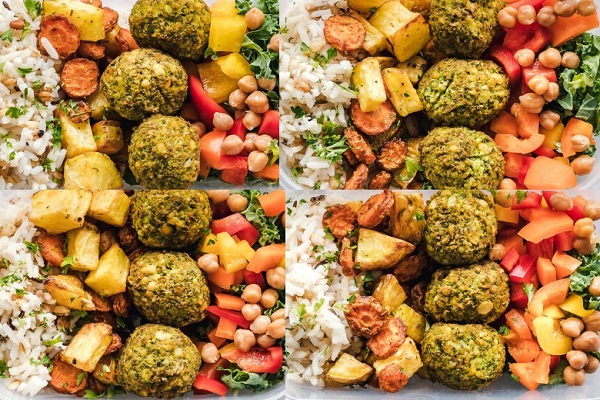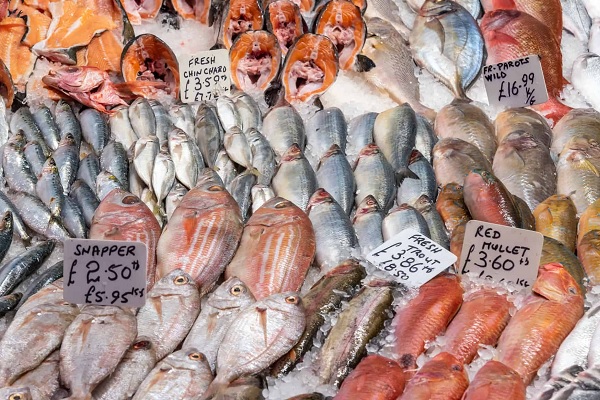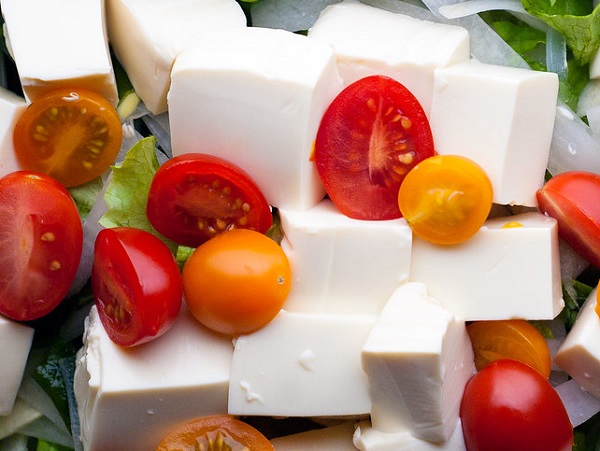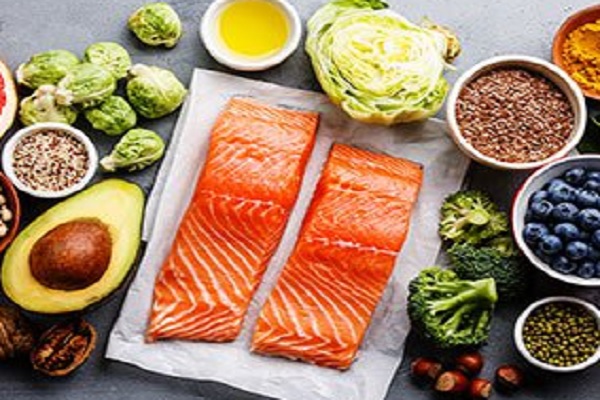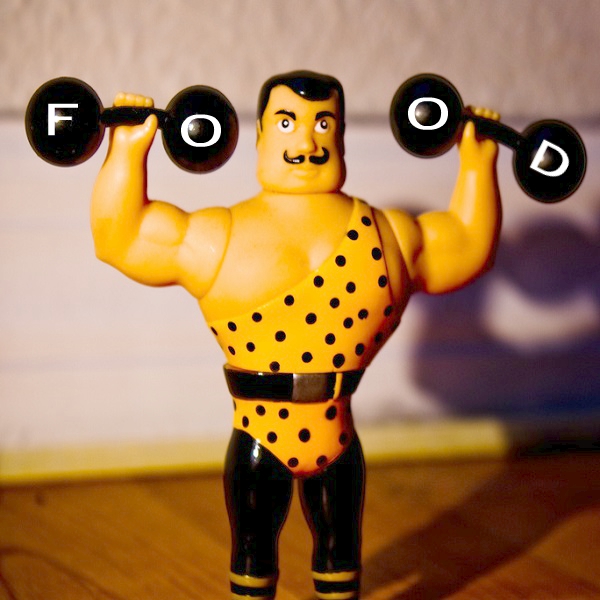Can you name at least ten foods that are high in protein? If you can you can name more than most people, that is why we made this list of ten high-protein foods that all of us should try and consume more of…
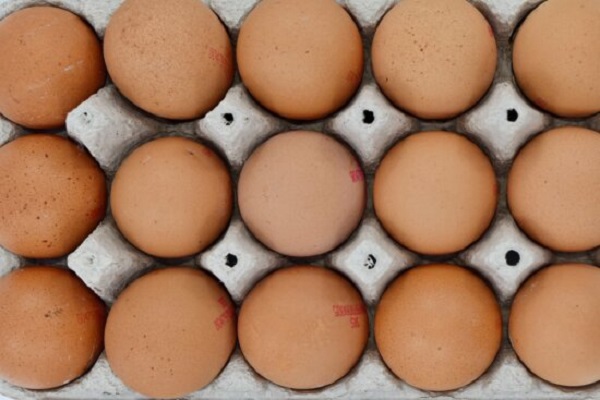
1. Eggs
Egg white is the common name for the clear liquid (also called the albumen or the glair/glaire) contained within an egg. In chickens, it is formed from the layers of secretions of the anterior section of the hen’s oviduct during the passage of the egg.[1] It forms around fertilized or unfertilized egg yolks. The primary natural purpose of egg white is to protect the yolk and provide additional nutrition for the growth of the embryo (when fertilized). Egg white consists primarily of about 90% water into which is dissolved 10% proteins (including albumins, mucoproteins, and globulins). Unlike the yolk, which is high in lipids (fats), egg white contains almost no fat, and carbohydrate content is less than 1%. Egg whites contain just over 50% of the protein in the egg. Egg white has many uses in food (e.g. mousse) and also many other uses (e.g. in the preparation of vaccines such as those for influenza).
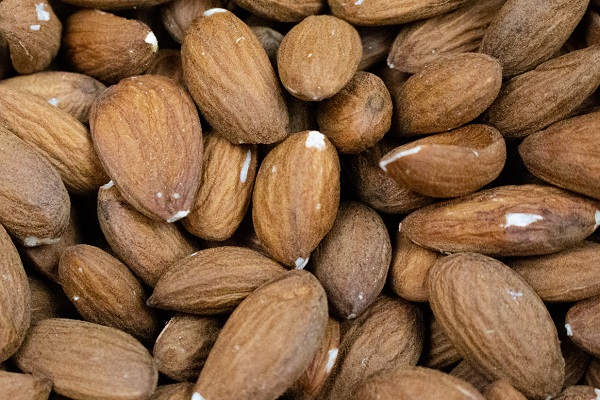
2. Almonds
The almond is a species of tree native to the Middle East and South Asia. “Almond” is also the name of the edible and widely cultivated seed of this tree. Within the genus Prunus, it is classified with the peach in the subgenus Amygdalus, distinguished from the other subgenera by the corrugated shell (endocarp) surrounding the seed.
The fruit of the almond is a drupe, consisting of an outer hull and a hard shell with the seed, which is not a true nut, inside. Shelling almonds refers to removing the shell to reveal the seed. Almonds are sold shelled or unshelled. Blanched almonds are shelled almonds that have been treated with hot water to soften the seedcoat, which is then removed to reveal the white embryo.
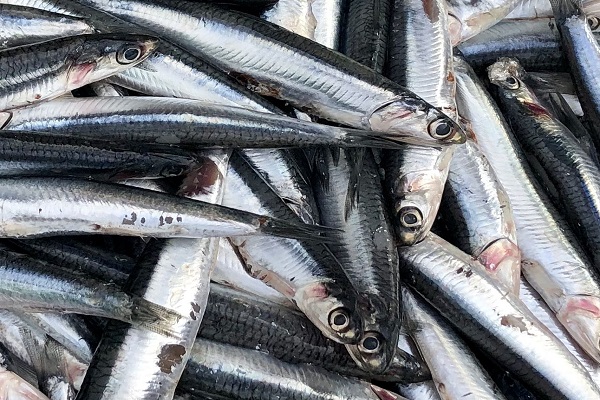
3. Fish
Fish is consumed as food by many species, including humans. It has been an important source of protein and other nutrients for humans throughout recorded history.
In culinary and fishery contexts, the term fish can also include shellfish, such as molluscs, crustaceans and echinoderms. English does not distinguish between fish as an animal and the food prepared from it, as it does with pig vs. pork or cow vs. beef. Some other languages do, as in the Spanish peces versus pescado. The modern English word for fish comes from the Old English word fisc (plural: fiscas) which was pronounced as it is today. English also has the term seafood, which covers fish found in the seas and oceans as well as other marine life used as food.
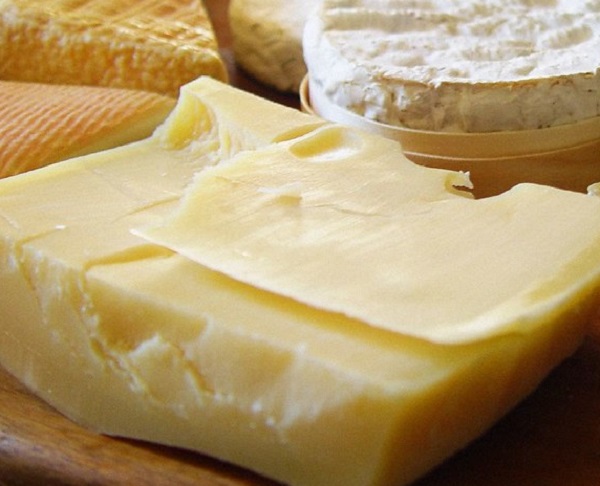
4. Cheese
Cheese is a food derived from milk that is produced in a wide range of flavours, textures, and forms by coagulation of the milk protein casein. It comprises proteins and fat from milk, usually the milk of cows, buffalo, goats, or sheep. During production, the milk is usually acidified, and adding the enzyme rennet causes coagulation. The solids are separated and pressed into final form. Some cheeses have moulds on the rind or throughout. Most cheeses melt at cooking temperature.
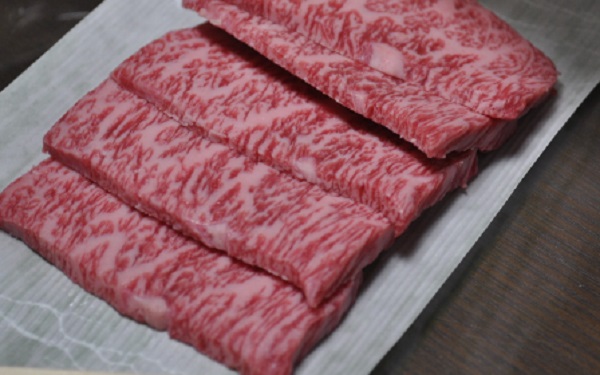
5. Lean Beef
Beef is the culinary name for meat from bovines, especially cattle. Beef can be harvested from bulls, heifers or steers. Its acceptability as a food source varies in different parts of the world.
Beef muscle meat can be cut into roasts, short ribs or steak (filet mignon, sirloin steak, rump steak, rib steak, rib eye steak, hanger steak, etc.). Some cuts are processed (corned beef or beef jerky), and trimmings, usually mixed with meat from older, leaner cattle, are ground, minced or used in sausages. The blood is used in some varieties of blood sausage. Other parts that are eaten include the oxtail, liver, tongue, tripe from the reticulum or rumen, glands (particularly the pancreas and thymus, referred to as sweetbread), the heart, the brain (although forbidden where there is a danger of bovine spongiform encephalopathy, BSE), the kidneys, and the tender testicles of the bull (known in the United States as calf fries, prairie oysters, or Rocky Mountain oysters). Some intestines are cooked and eaten as-is, but are more often cleaned and used as natural sausage casings. The bones are used for making beef stock.
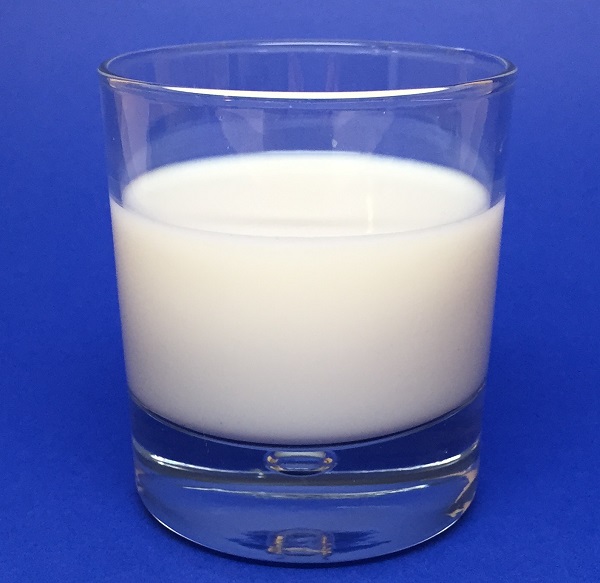
6. Milk
Milk is a pale liquid produced by the mammary glands of mammals. It is the primary source of nutrition for infant mammals before they are able to digest other types of food. Early-lactation milk contains colostrum, which carries the mother’s antibodies to its young and can reduce the risk of many diseases. It contains many other nutrients including protein and lactose.
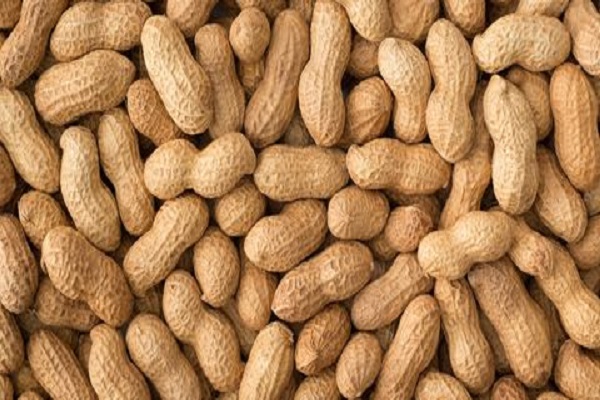
7. Peanuts
Peanuts, also known as groundnut (Arachis hypogaea), is a crop of global importance. It is widely grown in the tropics and subtropics, being important to both smallholder and large commercial producers. It is classified as both a grain legume and, because of its high oil content, an oil crop. World annual production is about 46 million tonnes per year. Very unusual among crop plants, peanut pods develop under the ground.

8. Yoghurt
The bacteria used to make yoghurt are known as “yoghurt cultures”. Fermentation of lactose by these bacteria produces lactic acid, which acts on milk protein to give yoghurt its texture and characteristic tang. Cow’s milk is commonly available worldwide and used to make yoghurt. Milk from water buffalo, goats, ewes, mares, camels, and yaks is also used to produce yoghurt where available locally. The milk used may be homogenized or not (milk distributed in many parts of the world is homogenized); both types may be used, with rather different results.
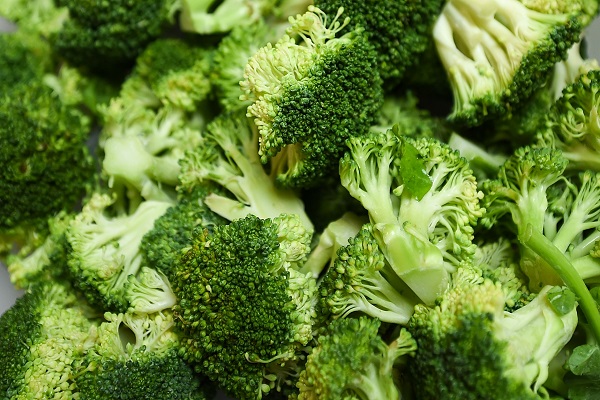
9. Broccoli
Broccoli is an edible green plant in the cabbage family whose large flowerhead is eaten as a vegetable.
The word broccoli comes from the Italian plural of broccolo, which means “the flowering crest of a cabbage”, and is the diminutive form of brocco, meaning “small nail” or “sprout”. Broccoli is often boiled or steamed but may be eaten raw. Broccoli is classified in the Italica cultivar group of the species Brassica oleracea. Broccoli has large flower heads, usually green in colour, arranged in a tree-like structure branching out from a thick, edible stalk. The mass of flower heads is surrounded by leaves. Broccoli resembles cauliflower, which is a different cultivar group of the same species.
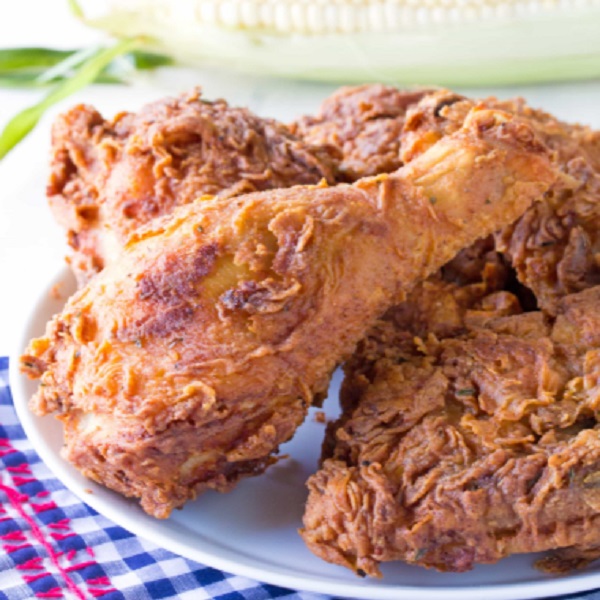
10. Chicken
The modern chicken is a descendant of red junglefowl hybrids along with the grey junglefowl first raised thousands of years ago in the northern parts of the Indian subcontinent.
Chicken as a meat has been depicted in Babylonian carvings from around 600 BC. Chicken was one of the most common meats available in the Middle Ages.[citation needed] It was eaten over most of the Eastern hemisphere and a number of different kinds of chicken such as capons, pullets and hens were eaten. It was one of the basic ingredients in the so-called white dish, a stew usually consisting of chicken and fried onions cooked in milk and seasoned with spices and sugar.
Chicken fry
Chicken consumption in the United States increased during World War II due to a shortage of beef and pork. In Europe, consumption of chicken overtook that of beef and veal in 1996, linked to consumer awareness of Bovine spongiform encephalopathy (mad cow disease).
